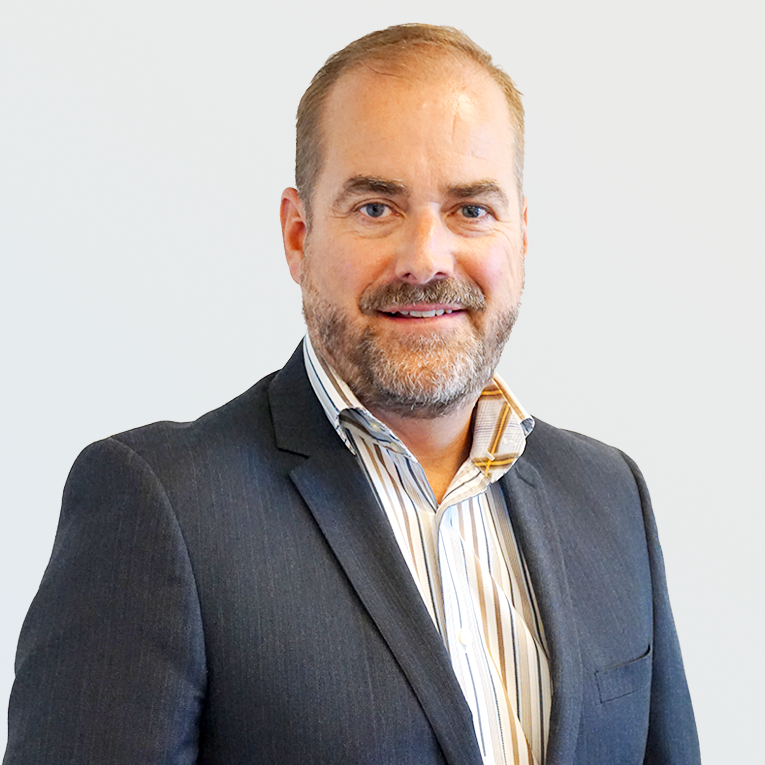Interview Best Practices for Non-HR Interviewers
 Michael van Olm |
Posted on August 23, 2019
Michael van Olm |
Posted on August 23, 2019
Hiring a new person shouldn’t be an onerous interruption to your schedule. A well-planned process can be a joyous celebration of corporate growth and respite from the rapidly spreading brush fire you call a workload.
Planning
From posting to offer letter, the process should take no more than 4-6 weeks, depending on the role.
- Determine who is on the hiring committee for the position and their roles.
- Define who, what, when, where, and how of the perfect candidate.
- Write the job description with only the most important skills and requirements listed. Skills such as “use of MS Outlook” should be implied.
- Obtain consensus on the 3-5 most important candidate questions. Ensure compliance with the Canadian Employment Equity Act.
- Reserve calendar blocks for live interviews before posting the job.
Structure
Consider limiting the number of interviews to two for junior-level positions, three for mid-level, and four for managerial positions.
The general process is:
- Post listing
- Review resumes
- Phone screen (1)
- 1st in-person interview
- 2nd in-person interview
- 3rd in-person interview
- Offer Letter
- Reference/Background check
The 1st In-Person Interview
This could be a team interview or swapped with the 2nd interview structure (see below), so determine the order in the planning phase. It can last up to two hours or more depending on if there is a writing or coding test.
An adage in Human Resources is, “It’s up to the interviewer to get the best out of the candidate.” While an experienced salesperson may swim through an interview, a young accounting intern may not so set the tone by creating a relaxed atmosphere.
Maximize your time, but be patient. Extended small talk can seem trite, so have a positive opening question prepared to ease the candidate into the process.
The subsequent questions should largely be about core skills and day to day execution. Candidates should be able to display a general knowledge of the job, common workflows, and the industry as a whole using terms specific to the profession.
The 2nd In-Person Interview
Conducted by the department head, lasting between 30-60 minutes, it assesses whether the values and work style of the candidate fits within the company culture.
In a friendly conversation structure, conducting these interviews in public places is common. Draw out the candidate’s past work experiences and learn how they overcome obstacles. Empathize and engage by asking for examples and stories.
The 3rd In-Person Interview
Generally conducted by a Vice President or higher, this is a conversation-style interview as well. It should only last 15-30 minutes but allows the executive to use their intuition and experience to determine whether they feel this candidate can produce the results they expect.
The big picture view accomplishes two things, 1) it allows the candidate to meet a person they may not be exposed to regularly and, 2) the executive can feel connected to the team and day-to-day operations.
Wrap-up
Out of all of the steps, we emphasize limiting the process timeline and clearly define the type of candidate. Being unorganized with conflicting schedules reflects badly on the organization and reduces the chance to capture the best candidate.
